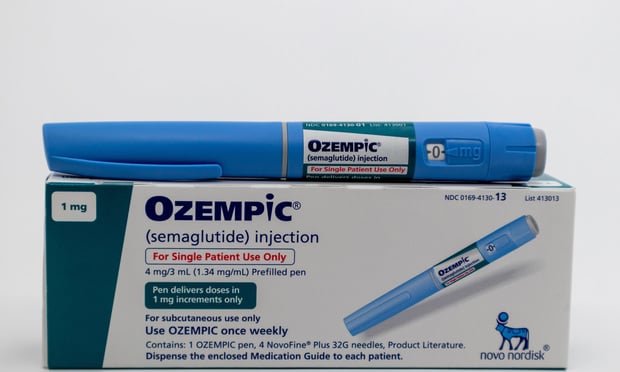 Even in this digital age, workers want to review printed materials to learn about their benefit options prior to open enrollment. (Photo: Shutterstock)
Even in this digital age, workers want to review printed materials to learn about their benefit options prior to open enrollment. (Photo: Shutterstock)
More workers are opting for voluntary benefits, but that doesn't mean they really know what they're buying, according to Unum's latest consumer survey on employee benefits.
Market research firm Dynata polled 1,512 full-time U.S. workers and found that for those who are offered voluntary benefits by their employer, a majority of the respondents had elected most of the benefits for 2019 and a majority are planning on doing so next year (only one voluntary benefit, critical illness insurance, had less than a majority (45 percent) who had either enrolled or are considering it for 2020, though 52 percent of millennials are currently enrolled in the benefit.
Related: Most employees don't 'get' voluntary benefits
However, when asked how well they understood each benefit, a higher percentage of the respondents—particularly those in the younger generations—say they do not understand most of voluntary benefits very well. For all of the respondents, they least understand short-term disability (11 percent); long-term disability (13 percent); accident (12 percent); hospital (8 percent) and critical illness (10 percent).
"While a significant percentage of working adults say they plan on enrolling in supplemental health benefits like accident, hospital and critical illness insurance, these are also some of the least-understood workplace benefits," says Ashley Mehrer Shope, Unum's assistant vice president, product and market development. "It's important that HR managers educate their workforce about the financial protection advantages of these types of insurance."
When asked how much time they spend reviewing their benefit options prior to enrolling, half of all of the respondents say 30 minutes or less. Broken down by generation, 54 percent of Gen Zers say this; millennials (51 percent); Gen Xers (52 percent) and boomers (47 percent).
"For the HR professional, it should be concerning that such a large percentage of employees spend 30 minutes or less reviewing all of their benefit options before actually enrolling," Shope says.
Even in this digital age, workers want to review printed materials to learn about their benefit options prior to open enrollment, cited as the most preferred way (29 percent), followed by learning via an online source (22 percent); an advisor in a group meeting (15 percent); an advisor in an individual meeting (14 percent); mobile apps (10 percent); a video conference (4 percent); and an advisor via phone (4 percent).
The only generation to prefer learning about benefit options via an online source over every other way is the youngest—Gen Z. All of the others—millennials, Gen Xers and baby boomers—cite reviewing printed materials as their No. 1 way.
"While many companies are going 'all digital' in how they communicate benefits to their workforce, reviewing printed materials is still the number one choice for the majority of U.S. workers," Shope says. "It's important to meet your workforce where they are and with various communication mediums, including printed information, online resources and even bringing in advisors to chat with employees one-on-one."
Read more:
© 2025 ALM Global, LLC, All Rights Reserved. Request academic re-use from www.copyright.com. All other uses, submit a request to [email protected]. For more information visit Asset & Logo Licensing.








